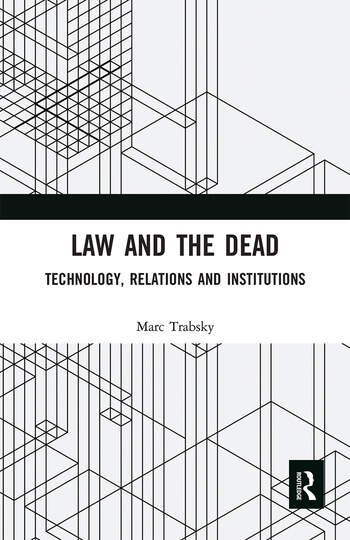Routledge has published a book on
the governance of the dead in the 18th-19th centuries.
ABOUT THE BOOK
The governance of the dead in the
eighteenth and nineteenth centuries gave rise to a new arrangement of thanato-politics
in the West. Legal, medical and bureaucratic institutions developed innovative
technologies for managing the dead, maximising their efficacy and exploiting
their vitality. Law and the Dead writes a history of their institutional life
in the nineteenth and twentieth centuries.
With a particular focus on the
technologies of the death investigation process, including place-making, the
forensic gaze, bureaucratic manuals, record-keeping and radiography, this book
examines how the dead came to be incorporated into legal institutions in the
modern era. Drawing on the writings of philosophers, historians and legal
theorists, it offers tools for thinking through how the dead dwell in law, how
their lives persist through the conduct of office, and how coroners assume
responsibility for taking care of the dead.
This historical and
interdisciplinary book offers a provocative challenge to conventional thinking
about the sequestration of the dead in the nineteenth and twentieth centuries.
It asks the reader to think through and with legal institutions when writing a
history of the dead, and to trace the important role assumed by coroners in the
governance of the dead. This book will be of interest to scholars working in
law, history, sociology and criminology.
ABOUT THE AUTHOR
Dr Marc Trabsky is a Senior
Lecturer in Law at La Trobe University, Melbourne.
TABLE OF CONTENTS
Acknowledgements
Introduction
1 Law in the Necropolis
2 Visual Regimes of the Dead
3 The Bureaucratic Logic of Office
4 Dead Records
5 Screening the Corpse
Bibliography
Index
More info here


No comments:
Post a Comment